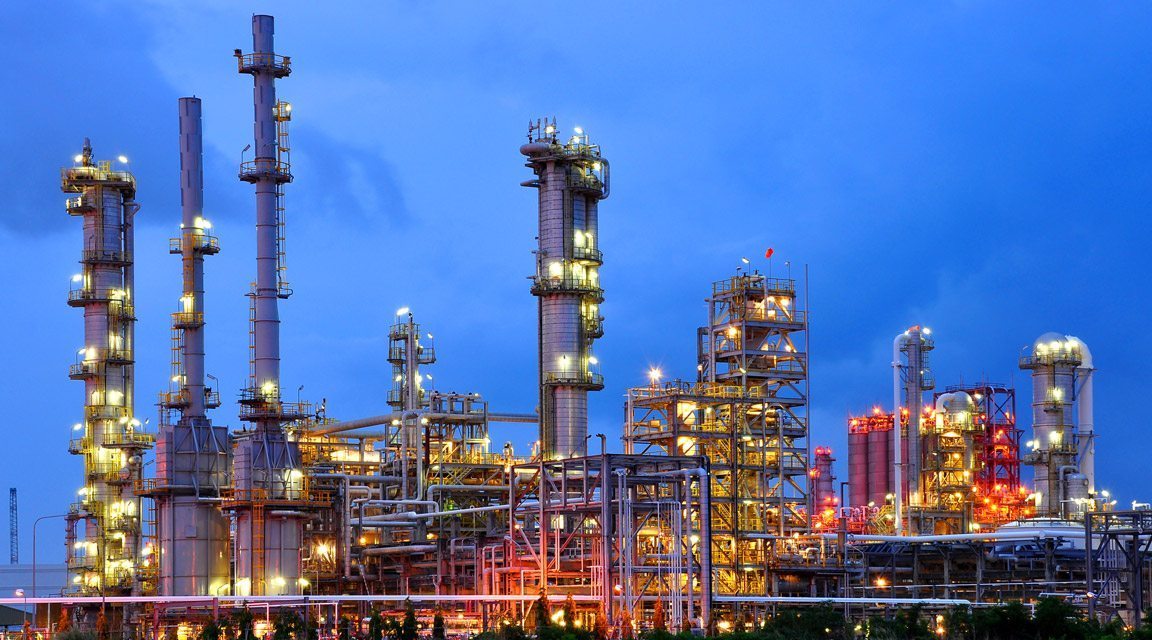

With the clamour for clean energy growing both in the Gulf and worldwide, Abu Dhabi National Oil Company (Adnoc) is laying concrete plans to curb its emissions by capturing the carbon dioxide (CO2) released by its operations and using the gas to boost its production from unconventional oil reserves.
Adnoc acquired the remaining 49 per cent stake in carbon capture firm Al-Reyadah from its partner, clean energy company Masdar, in January 2018, but the integration of the firm into Adnoc Onshore represents more than just business expansion; it is a step by the oil giant towards achieving its Vision 2030 goal of attaining 70 per cent ultimate recovery from its oil assets through enhanced oil recovery (EOR).
The International Energy Agency believes carbon capture, use and storage (CCUS) technologies have a central role to play in realising a sustainable, climate-friendly future for the energy sector, and expects CCUS to account for about one sixth of required CO2 emissions reductions by 2050.
CCUS techniques will also be essential to global efforts to hit the Paris Agreement target of containing climate change below 2°C, experts say.
Al-Reyadah, a project launched by Adnoc and Masdar in 2016, is the first commercial-scale CCUS facility in the Middle East & North Africa region, and keys into existing developments by the Abu Dhabi oil giant, which became the first national oil company in the Gulf to undertake CO2 injection for EOR back in 2009.
Adnoc now intends to intensify its use of CCUS technology and achieve a six-fold increase in its utilisation of CO2 for EOR over the next decade. In the upstream sector, CCUS technology works in three stages: CO2 is first captured on site, then compressed and dehydrated, and finally transported by pipelines for injection into oil fields for tertiary recovery.
Adnoc estimates the volume of CO2 now being locked away underground on a daily basis through CCUS deployment across its reservoirs is equivalent to the emissions of more than a million vehicles.
Approximately 240,000 tonnes of CO2, collected by Al-Reyadah from Emirates Steel Industries, has been injected into Adnoc's reservoirs at its Rumaitha and Bab oil fields to bolster oil recovery.
Thanks to its portfolio of light oil reserves, Adnoc currently boasts a remarkable oil recovery rate of 50 per cent (much higher than the global average) from primary and secondary techniques - although EOR still only accounts for about 200,000 barrels a day (b/d) of the 3 million b/d it produces.
EOR, and CO2-based injection methods in particular, will play a crucial role in helping Adnoc to raise its crude output to 3.5 million b/d by 2020 in a sustainable manner. The recent acquisition of Al-Reyadah, along with plans to capture CO2 from other areas of its operations, will ensure that Adnoc has both the technology, expertise and resource base to realise these ambitions.
Abdulmunim Saif al-Kindy, Adnoc’s upstream director and now also chairman of Al-Reyadah, has noted: “As we push forward with plans to create value by maximising oil recovery over the lifetime of our fields, we will increasingly utilise a range of enhanced oil recovery technologies - of which carbon capture, use and storage is not only good for the environment, but also makes sound business sense.”
“Replacing rich gas with CO2 injection into Adnoc’s maturing fields will allow the more productive use of valuable clean-burning natural gas, whether for power generation, desalination or as petrochemicals’ feedstock. This is a prime example of how clean technology can be integrated with traditional energy to optimise resources and reduce the environmental footprint.”
The four EOR pilot projects that the state oil giant plans to launch in 2021 in its oil fields, as part of its wider EOR roadmap for the future, will also test CO2 injection methodologies.
“We have generated this new EOR roadmap specifically to address the natural gas constraints that we have. We want to replace rich gas injection with an alternative EOR concept. One alternative is the CO2 injection and the other is the polymer injection,” adds Ayesha al-Marzouqi, manager of Adnoc’s EOR department.
From 2021, Adnoc will gradually increase its utilisation of CO2, and expects to capture 250 million cubic feet a day by 2027, by sourcing additional CO2 from its gas processing plants and injecting it into different oil fields.
“We are aware of the UAE’s vision to use gas wisely and we are studying what alternative EOR concepts we can develop and adopt to replace the rich gas system, and release it for other vital purposes, such as power generation. This is in line with the UAE’s objective to achieve gas self-sufficiency by 2030,” Al-Marzouqi tells MEED.
“Adnoc’s strategy is also to provide a sustainable and economic gas supply, and there are many components of that. EOR, and utilising CO2 to replace rich gas, is just one component.”
You might also like...

Rainmaking in the world economy
19 April 2024

Oman receives Madha industrial city tender prices
19 April 2024

Neom seeks to raise funds in $1.3bn sukuk sale
19 April 2024

Saudi firm advances Neutral Zone real estate plans
19 April 2024
A MEED Subscription...
Subscribe or upgrade your current MEED.com package to support your strategic planning with the MENA region’s best source of business information. Proceed to our online shop below to find out more about the features in each package.





